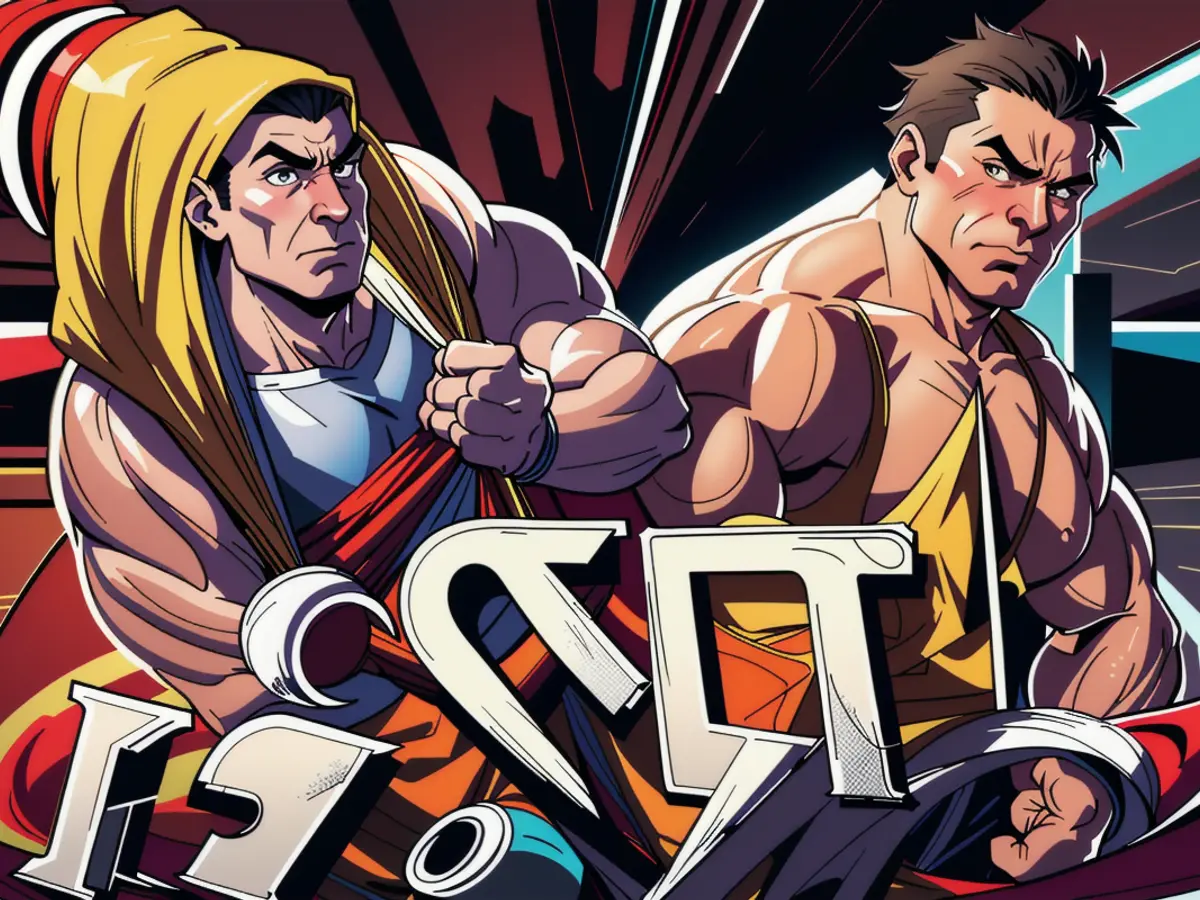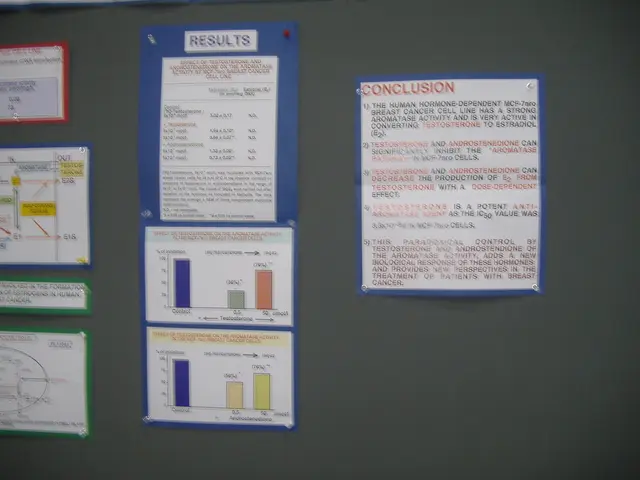Inquire about the mentioned topic:
Poker Rake Explained
In the world of poker, nothing is free, not even the games themselves. They come with a small price tag known as the rake – the cost of playing on a secure and efficient platform. Let's break down what exactly a rake is in poker, its various types, and how to minimize your expenses or eliminate them altogether.
What is a Rake in Poker?
A rake in poker is simply a fee that the poker room charges for running the games and earning a profit. In cash games, it's usually a percentage of the pot, and in tournaments, it's a portion of the buy-in, often shown as something like $10 + $1, with the extra dollar being the rake.
The concept of rake dates back to casino poker rooms of the 1970s, and today, almost every online or live game includes it. With more players and larger pots, the rake tends to be more significant. Many players agree – lower rake is better, but it's more than just an expense; it's an investment. The funds support safe transactions, tournament guarantees, promotions, and fast software.
Why Online Poker Sites Collect Rake
Poker sites don't play against you; they merely host the game. To generate revenue and maintain operations, they charge a small rake fee from cash game pots and tournament entry fees. The rake goes towards various aspects, such as security, software upgrades, promotions, tournaments, and marketing to attract new players. Some platforms offer rakeback programs where a portion of the rake is returned to players each week.
The Different Types of Poker Rake
Not all rake is the same. Depending on the game you play and where you play it, the method of rake collection can vary – and it can have a significant impact on your bottom line. Here are the most common types of rake:
- Pot Rake: A percentage of the pot is taken by the poker room, typically after a flop is dealt. This is the most common structure in online poker.
- Dead Drop: A fixed amount is taken before the hand begins, usually paid by the player on the dealer button. Dead drops are most common in live poker games.
- Fixed Fee: Each player pays a flat participation fee, regardless of the number of hands they play.
- Time Collection: A fixed amount is collected every 30 or 60 minutes. This method is popular in high-stakes live poker.
- Tournament Fees: A portion of the buy-in is designated as rake. This fee is transparent, fixed, and paid upfront.
- Subscription Fee: A few poker sites offer a subscription model, where players pay a monthly fee for unlimited access to rake-free games.
- Contributed Rake: Only players who put chips into the pot pay rake, and it's split based on each player's contribution.
- Player Value Index Rake (PVI): Rake is adjusted based on a player's profile, including play style, win rate, and volume.
Is Poker Rake Illegal?
Taking a rake means collecting a fee from each pot or tournament buy-in. Whether it's legal depends on who collects it. It's perfectly legal when collected by licensed poker platforms that disclose their rake structure and are regulated by a gaming authority. On the other hand, it's illegal when taken without proper regulation or oversight, such as in unlicensed home games or underground clubs.
Rake Minimizing Strategies in Online Poker
Minimizing rake costs involves combining financial incentives, such as rakeback and promotions, with smart game selection and game-theoretic optimized strategies. Here are some popular strategies:
- Use Rakeback Deals and Promotions: Take advantage of rakeback deals and exclusive promotions offered by online poker rooms to reduce the net rake cost and increase profitability over time.
- Select Low-Rake or No-Rake Games: Choosing poker platforms or game types with lower rake percentages or caps can significantly decrease your total rake expense.
- Focus on Higher Edge Situations: Play strategically and apply game theory optimal strategies to generate more value and compensate rake expenses indirectly.
- Participate in Bounty Tournaments: Bounty tournaments have alternative payout structures that can lower overall rake impact relative to prizes won.
- Avoid Highly Competitive or Heavy-Rake Situations: Be selective and avoid marginal spots where the rake can consume marginal edges, minimizing unnecessary rake costs.
Join CoinPoker for Rake-Friendly Gaming
At CoinPoker, we don't use the traditional term "rake" and instead call it "Community Contributions." Our platform employs a 5% rake cap on cash games and an 8% fee built into tournament buy-ins, specifically designed for low rake expenses. Additionally, our 33% weekly cashback for CHP (CoinPoker's native token) holders allows players to recover a significant portion of their Community Contributions. Join us, and turn your rake into real value!
- In addition to poker gaming, the concept of rake extends to other casino-and-gambling activities, such as sports-betting.
- The rates of rake in poker tournaments can influence casino-personalities to choose specific venues or online platforms over others, considering the associated expenses and benefits.
- Casinos, both physical and online, offer various games, including poker and other casino-games, with gambling-trends indicating a steady increase in the demand for rake-friendly gaming options.
- Understanding and strategizing around the rake in poker is crucial when navigating the casino-culture, as responsible-gambling involves prioritizing informed decisions and managing expenses effectively.
- Poker's influence on gambling-trends has led to the rise of specialized platforms, such as CoinPoker, which aim to reduce the impact of rake on players by offering rakeback programs and low rake rates.
- Although rake is a common part of cash games and tournaments, it contributes to various aspects of the overall casino and gambling experience, including software, promotions, and security.
- In the realm of online poker, some platforms add additional services or amenities to their offerings, such as VIP rooms or personalized assistance, which may impact rates of rake without necessarily being disclosed upfront.
- When considering various online poker sites, it's essential to evaluate not just the rake structures but also any potential benefits, such as bonuses or loyalty programs, that can help offset the costs associated with the rake.
- Awareness of the rake in poker is not only about minimizing expenses, but also educating oneself about responsible-gambling practices and understanding the role of rake in the broader context of casino-and-gambling industries.




